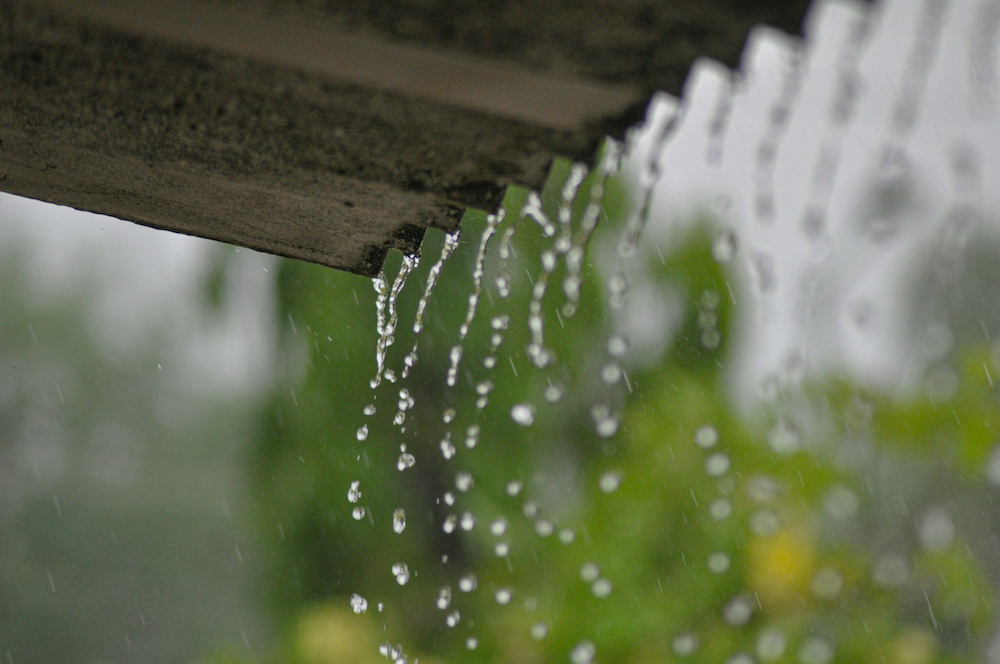Rainwater Collection Systems for Your Home — Maximizing Your Eco-Friendly Space
 Many homeowners and communities have started prioritizing sustainability as essential resources become more inconsistent and inaccessible. Rainwater collection systems are an effective, affordable solution that saves money and makes your home more resilient and self-sufficient.
Many homeowners and communities have started prioritizing sustainability as essential resources become more inconsistent and inaccessible. Rainwater collection systems are an effective, affordable solution that saves money and makes your home more resilient and self-sufficient.
What Is Rainwater Harvesting?
Rainwater harvesting refers to collecting and storing rain that usually drains away or gets absorbed back into the earth. Usually, people collect rainwater from a roof or a similar surface and store it in a dedicated vessel. You can use this water for various household purposes, like watering plants and washing your vehicles. However, you’ll need to disinfect and filter it if you want to drink it or cook with it.
The Advantages of Rainwater Harvesting
Rainwater collection is an accessible way to secure your home or community’s water supply. This process is incredibly useful due to its simplicity and practicality.
Conserves Groundwater
While groundwater is vital to sustaining ecosystems and human consumption, its decline has accelerated over the past decades and requires immediate intervention. Harvesting and using rainwater eases the demand for groundwater sources, which helps their conservation.
Reduces Water Bills
An alternative water source can significantly reduce your water bills, especially for non-potable purposes. It also gives you peace of mind if your municipal water supply becomes depleted or contaminated. Many rainwater harvesting projects are relatively inexpensive, and rainwater is free. With time and patience, you’ll have a reliable water source for years.
Mitigates Effects of Drought
Global warming and climate change cause extreme weather events, including prolonged droughts. Community rainwater collection creates a water supply to sustain you throughout dry seasons, even when traditional water lines become unreliable. Then, you and your neighbors can keep your homes cool and clean and your gardens alive in a drought.
Reduces Flooding and Erosion
Collecting your rainwater means it doesn’t fall into the ground, which reduces erosion, especially on loose soil. It can also prevent runoff, which can carry pollutants across the ground and cause flooding during heavy rains.
Residential Rainwater Collection Systems and Storage Techniques
Rainwater harvesting dates back to ancient times, with new methods evolving in response to changing resources and needs. Here are some ways to collect rainwater for your home.
1. Rooftop Catchment Systems
Rooftop catchment systems are a popular and effective way to reliably collect rainwater for household use. It uses the roof as the primary catchment area. Spouts and pipes can transfer the collected rainwater to a tank or cistern. For safety, ensure the roof, spouts and pipes are clean and made from nontoxic materials.
2. Rain Barrels
Rain barrels are a simple water storage solution that can catch rainwater from your roof, gutters or downspouts. They come in different sizes and materials. Plastic barrels are popular, practical and inexpensive. However, you can opt for stone, clay or ceramic barrels if you want them to be decorative and have more heft.
Consider repurposing an old container or sourcing a secondhand barrel to be more environmentally friendly. A mesh screen attached to the barrel’s mouth can filter debris and prevent mosquitoes and insects from using it as a breeding ground.
3. Rain Gardens
A rain garden starts as a shallow, depressed area in a landscape that collects rainwater from its surroundings and allows it to soak into the ground. Turning it into a garden involves planting flowers, herbs or grass. With time, it becomes a beautiful way to repurpose rainwater and add to the community’s biodiversity.
When planning your garden, pick native, drought-tolerant species that can survive with minimal attention. If you have enough space, consider installing water features that manage the temperature, along with some sculptures and decorations to add shade and personality.
4. Rain Chains
Rain chains function similarly to downspouts but are more decorative. They can look like basic chain links or consist of linked decorative cups with intricate designs, guiding water from the roof to a rainwater harvesting tank, container or garden. Aside from looking pretty, these chains are less likely to clog than traditional downspouts.
5. Underground Cisterns
Underground cisterns are waterproof vessels, often made from concrete, steel, wood or fiberglass, buried underground to catch rainwater. They have existed for centuries — Indian stepwell-cistern hybrids called baori are a notable example. This underground storage protects the water from extreme temperature changes.
Pairing your cistern with a downspout and a pump system lets your household access the collected water when needed. They also come in different sizes, so you can find one that best suits your purposes.
Embracing the Rainwater Advantage
Rainwater harvesting is an ancient practice that maximizes available resources. As the environment becomes harsher and resources increasingly scarce, adopting this process can help you and your community become more sustainable and resilient even amid environmental uncertainty.


